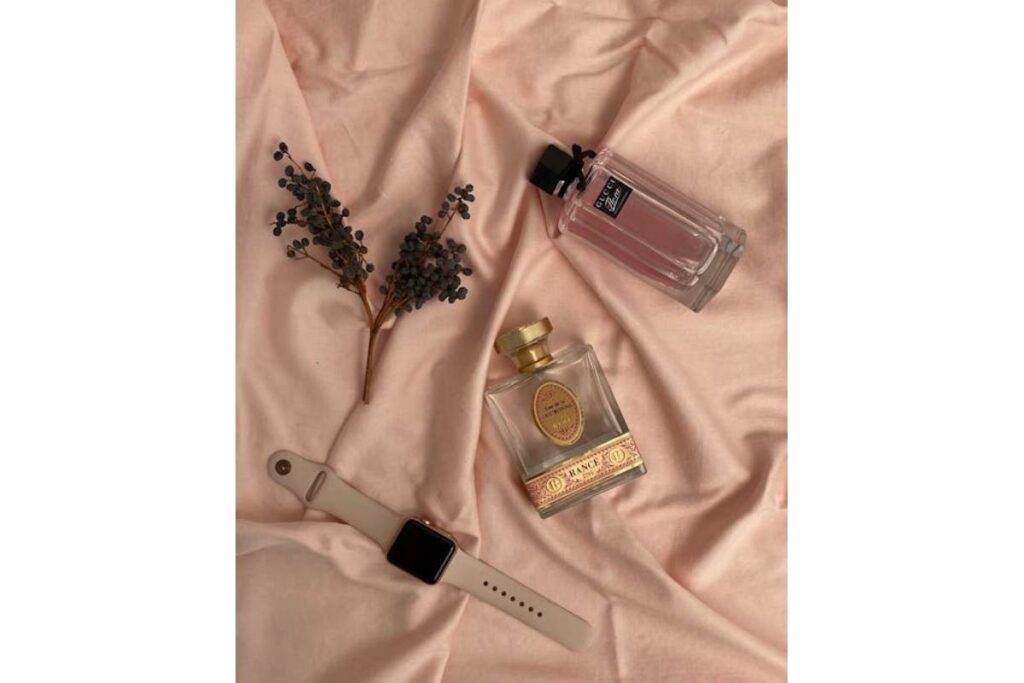Perfume bottles are characteristically not filled to 100% capacity for several reasons. Chiefly, this is to prevent spills during shipping and handling. When bottles are full to the brim, the least drive can cause the runny to spill, resulting in product loss and possible damage to the packaging. Additionally, the space at the top of the bottle, known as the “vacuum,” allows the perfume to expand, especially with temperature changes. This space ensures that the bottle’s integrity is maintained and the perfume’s composition is stable.
Air Expansion and Contraction
Understanding the behaviour of liquids and gases under different conditions is essential when designing packaging.
Temperature Effects
Temperature fluctuations can cause the fluid in a perfume bottle to enlarge or contract. If the bottle is complete, any expansion can cause leakage or even rupture of the container. This is especially important during transportation and storage, where temperatures fluctuate considerably.
Air Pressure Impact
Changes in atmospheric pressure, especially during air travel, can also affect the insides of a tightly sealed bottle. The air space at the top of the bottle allows the pressure to equalise, reducing the risk of the bottle cracking or altering the perfume’s properties.
Aesthetic and Practical Design
Perfume bottles are often designed with aesthetic aspects, influencing their functional elements.
Visual Appeal
A slightly empty bottle can enhance a perfume’s visual appeal by highlighting the clarity and colour of the liquid. This space can also improve the bottle’s design, making it more attractive on a store shelf.
Practical Handling
From a practical standpoint, a little more space in the bottle makes it easier to handle, particularly when opening and closing. This reduces the risk of perfume spillage when tilting or moving it.
Preservation of Fragrance
The unfilled volume plays a role in maintaining the quality of the perfume.
Minimizing Oxidation
Exposure to air can oxidise perfume, which will change its scent over time. Limiting the amount of air in the bottle (but not eliminating it) can slow oxidation, thus preserving the perfume’s original aroma for longer.
Consistency in Scent
Maintaining a consistent scent is critical to a brand’s reputation. The space at the top of the bottle allows the perfume to “breathe,” helping maintain its consistency and preventing unwanted chemical reactions that could alter its aroma.
Regulatory and Practical Considerations
Manufacturers also consider legal and practical factors when packaging their products.
Industry Standards
Industry standards and regulations govern the fill level of perfume bottles. These standards ensure consumer satisfaction and obedience with trademark laws, preventing misleading packaging.
Efficient Production
Production efficiency is another reason why bottles aren’t filled to the brim. Automated filling lines are standardized to fill bottles to a certain level, ensuring consistency and speed in the production process. Overfilling can reduce efficiency and lead to product loss.
Conclusion
Key findings from the article:
Spill Prevention: The void space in bottles prevents spills during shipping and handling, thus ensuring product integrity.
Effects of Temperature and Pressure: This space allows the bottle to expand and contract with changes in temperature and pressure, protecting the bottle and its contents.
Aesthetic Design: The void space enhances its appearance and design, making it more appealing to consumers.
Fragrance Preservation: The void space at the top of the bottle minimises oxidation, helping to preserve the perfume’s fragrance for a long time.
Fragrance Consistency: Ensuring fragrance consistency is vital to a brand’s reputation, and void space helps preserve the perfume’s original fragrance.
Regulatory Compliance: Compliance with manufacturing standards and regulations is essential to prevent counterfeit packaging and ensure consumer satisfaction.
Production Efficiency: Automated filling lines are calibrated to specific fill levels to ensure manufacture efficiency and avoid waste.
Don’t Miss These: What Is SPF and What Does Sun Protection Factor Mean?


